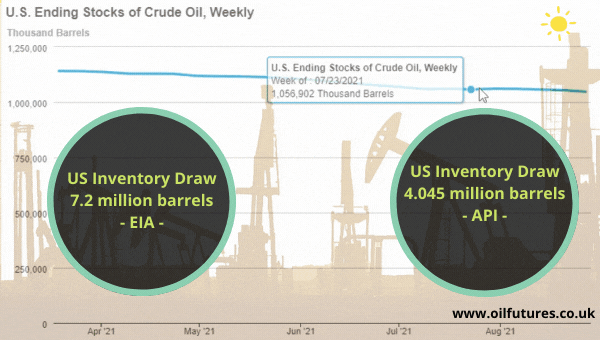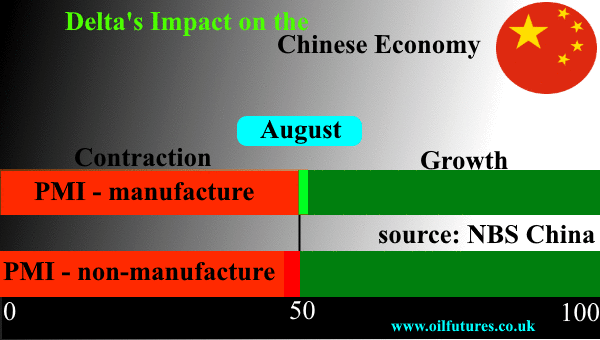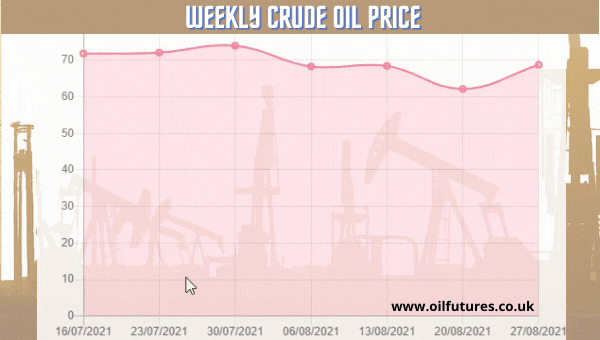Oil Price: Chinese success in controling Covid-19 rekindles the investors' spirit

China, the apparent epicentre of the Covid-19 catastrophe, once again proved once thing it is really good at – keeping the spread at bay. The data of daily infections, according to Google, shows that the curve is flattening, indeed. In proportion, the Chinese authorities have eased the restrictions that had been in place in major cities. In light of new development, traffic levels are slowly returning to near normal levels with industries gradually gathering the momentum. The awakening of the world’s second largest economy – and the world’s top crude oil importer – has rekindled the sprit in the markets, which saw the worst monthly drop in oil price in August - for months. The positive sentiment that the investors see with regard to China’s containment of the new wave of the pandemic, is partially responsible for lifting the price of crude oil, despite the warning from the OPEC+ about a surplus of the commodity next year. If the price of crude oil goes up at an exponentia




